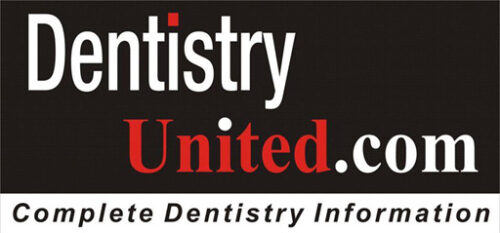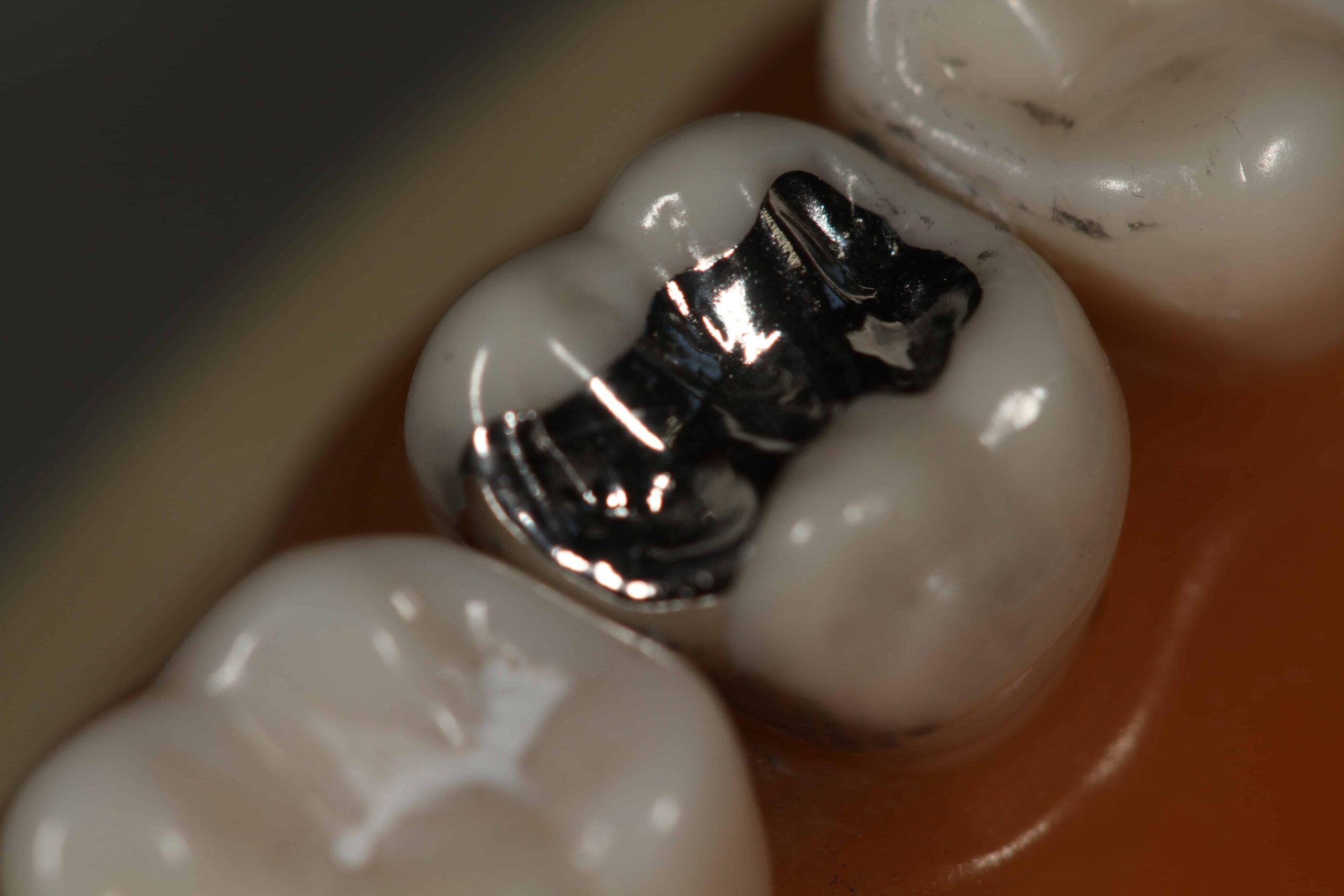By DentistryUnited Editorial Desk | November 5, 2025
As mercury contamination finds its way from industrial runoff into fish, rivers, and even human bloodstreams, dentistry stands at a pivotal crossroads. Two recent reports—one from the U.S. revealing elevated human mercury levels, and another from the U.K. exposing environmental fallout—are accelerating calls for a global exit from mercury-based dental amalgam.
This long-relied “silver” filling, once the cornerstone of restorative dentistry, now symbolizes a profession in transition—where clinical science, patient safety, and environmental responsibility converge.
The Neurotoxic Core: Revisiting the Science
Dental amalgam comprises approximately 50% elemental mercury. Once placed, it releases trace vapor that is absorbed and converted within the body into inorganic mercury—a known neurotoxin.
A recent CDC-backed analysis (2015–2016) revealed that U.S. adults with multiple amalgam fillings exhibited markedly higher blood mercury levels than those without. Nearly 16 million Americans are estimated to exceed the EPA’s safe daily exposure threshold.
Subtle but cumulative risks—neurological dysfunctions, immune irregularities, developmental delays—have placed amalgam under unprecedented scrutiny. Since 2020, the FDA has advised against its use in pregnant women, young children, and individuals with kidney or neurological vulnerabilities.
“We are witnessing the twilight of mercury in dentistry,” says Dr. Douglas Green, IAOMT President. “This is not theoretical—it’s an ongoing exposure millions live with daily.”
Modern dentistry is answering with biocompatible alternatives—composite resins, ceramics, and glass ionomers—that combine longevity, aesthetics, and safety.
Yet removal requires strict clinical discipline. The SMART protocol (Safe Mercury Amalgam Removal Technique)—with advanced suction, barrier isolation, and oxygen supplementation—minimizes exposure during replacement. Though procedures cost more (USD 200–500 per filling), studies show blood mercury levels can halve within months post-removal, improving systemic wellbeing.
From Phase-Out to Profit: Dentistry’s Adaptive Playbook
This shift isn’t just a health imperative—it’s an economic opportunity. Dentistry remains a USD 150-billion industry in the U.S. alone, and practices that pivot early are reaping rewards.
Biological and mercury-free practices have reported 20–30% surges in patient inquiries, particularly from health-conscious millennials and Gen Z patients seeking toxin-free, aesthetic restorations.
Revenue Opportunities in the Mercury-Free Era
| Growth Channel | Key Advantage | Profit Potential |
|---|---|---|
| Replacement Treatments | Transitioning from amalgam to composites or ceramics | +USD 10,000–20,000 annually |
| IAOMT SMART Certification | Global visibility, patient directory listing | +Referrals and brand equity |
| Wellness Integration | Detox, chelation, biocompatibility testing | High-margin ancillary revenue |
Fee Evolution:
Amalgam restorations (USD 50–100) are being replaced by composite or ceramic options (USD 150–400), offering superior longevity (10–15 years vs. 5–10).
Legal Advantage:
As mercury litigation rises globally, amalgam-free practices mitigate liability while positioning themselves as ethical, sustainable leaders.
The message is clear: mercury-free dentistry isn’t a trend—it’s a future-ready model.
Materials Market Transformation: Beyond Silver
The global dental materials market, valued at USD 8.5 billion in 2024, is projected to reach USD 12 billion by 2030, driven by mercury-free materials.
Europe leads with an 80% reduction in amalgam use post-2018. North America is catching up, as leading manufacturers—3M, Dentsply Sirona, and others—develop BPA-free and low-VOC composites.
Emerging markets are leaping forward through WHO and UN grants that subsidize composite use in low-income clinics.
While the British Dental Association warns of transitional NHS costs, Germany’s model—balancing eco-savings against minor material price rises—demonstrates long-term viability.
“This is not just a material phase-out,” notes a senior IAOMT fellow. “It’s the start of a restorative revolution—where biology, material science, and sustainability merge.”
Environmental Impact: The Cycle Comes Full Circle
Mercury from dental waste doesn’t vanish—it migrates. In the U.K., crematoria alone emit nearly 600 kg of mercury annually, contaminating fish, birds, and water systems. Similar dynamics play out across North America and Asia.
The Minamata Convention on Mercury, reconvening this month in Geneva, is expected to accelerate a global amalgam ban by 2030, potentially saving over USD 50 billion in health-related damages worldwide.
The challenge for developing nations remains cost and training—but collaborative frameworks, akin to global vaccine alliances, may soon bridge that gap.
The amalgam issue is no longer confined to oral health—it is now a planetary responsibility.
A Profession at a Crossroads
For practitioners, the amalgam phase-out is not an inconvenience—it’s an inflection point. Patients are informed, connected, and increasingly discerning about what enters their mouths and bodies.
“The era of mercury-free dentistry is here,” concludes Dr. Green. “Every clinician now stands before a choice—to resist change or to lead it.”
From dental chairs to riverbeds, the evidence is undeniable: what we place in mouths today shapes the health of tomorrow’s world.
References & Resources
- International Academy of Oral Medicine and Toxicology (IAOMT) – iaomt.org
- U.S. Centers for Disease Control and Prevention (CDC) Mercury Exposure Data 2015–2016
- Minamata Convention on Mercury – UN Environment Programme
-
Grand View Research: Global Dental Materials Market Forecast (2024–2030)

